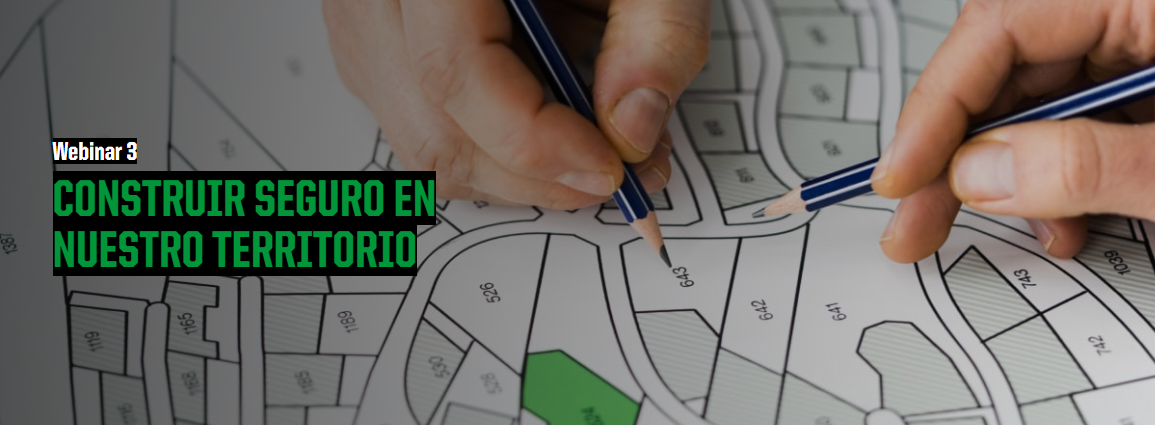
Knowing the ground on which we are going to build is vital for protecting our homes
Lima, May 2022.- The construction of strong and safe houses is possible only if we first know the characteristics of the land on which we want to build them. So said Dr. Zenón Aguilar Bardales, a specialist in geotechnical engineering from the Peruvian-Japanese Center for Seismic Research and Disaster Mitigation (CISMID) at UNI, as part of the SOL Cement webinar, “Building safely in Peru”.
Dr Aguilar said indicated that soil mechanics courses and technical reports, required by Soils and Foundations Standard E 050 -part of the Peru’s National Building Regulations- exist to enable us to understand soil characteristics, the importance of which goes beyond legal compliance. “Some soil behaviors cannot be identified with the naked eye. These studies verify the conditions in which the foundations must be laid to avoid serious errors that could jeopardize the building and the families’ investment,” explained
the expert. Dr Aguilar commented on the Cemento SOL webinar that unfortunately, the horizontal growth of cities such as Lima has forced many people to build on inadequate soils on the periphery, with no previous study. “This is the case, for example, of the invasions occupying hillsides. Although these are made up of rock, we see houses built very inadequately on unstable walls that suffer severe damage in the first earth tremor, exposing families to danger”, he added.
UNACEM Peru’s assistant marketing manager, Gabriel Barrio, pointed out that once the building land has been evaluated, foundations made using high-quality cement are key to the strength of the house and its optimal adaptation to the soil.
“To build safely, it is necessary to keep in mind that cements are chosen not only with regard to the type of construction, but also to the environmental conditions to which it will be exposed, such as freezing, sulfate in the soil, humidity or contact with water“, said Mr Barrio.
He added that “factors such as temperature, relative humidity, altitude and others that can vary greatly in each city also play an important role. At this point, the variety of cement options that a company offers is evidence of how much it knows about Peru and its ability to adapt to diverse conditions,” he explained.
Both speakers agreed that construction on soft sandy soils, and on slopes, is not recommended. It is possible, of course, but implies a higher investment than on other terrains such as gravel, as it is difficult and dangerous without specialist advice. Without the proper knowledge and materials, the buildings could collapse as a result of earthquakes, water seepage and others.
UNACEM, through its Cemento SOL brand, seeks to raise awareness among builders, owners, and master builders of the importance of safe and well-implemented construction. “With our campaign “Protect what you build” and www.cementosol.com.pe, we seek to raise awareness of the dangers of building homes without using the correct construction processes, which can put those who live there at risk. We therefore provide informative content on good practices for safe construction,” added Mr Barrio.
